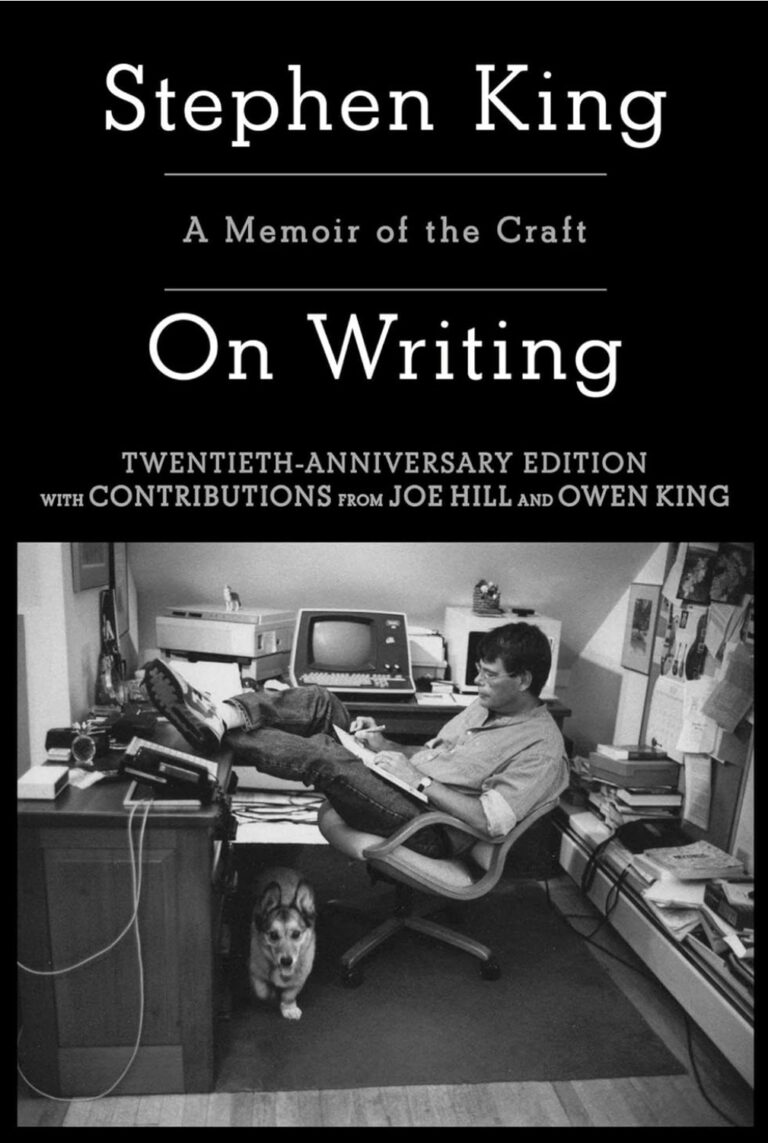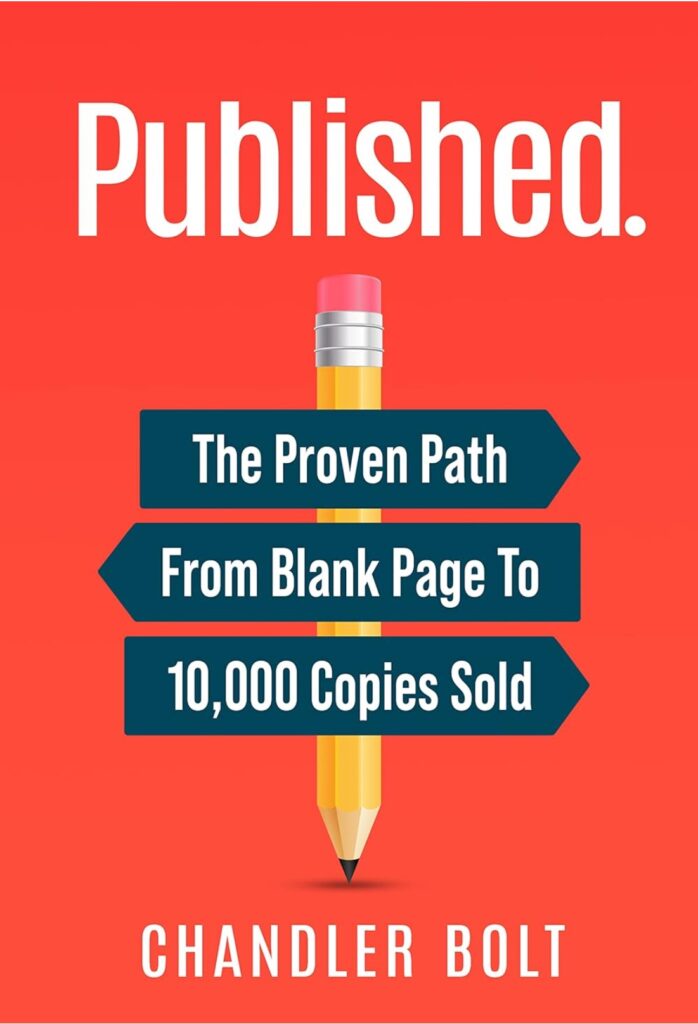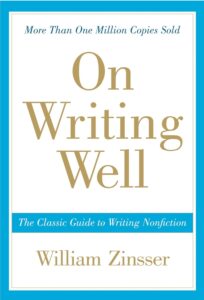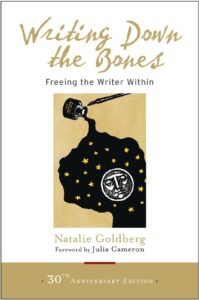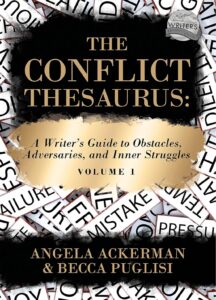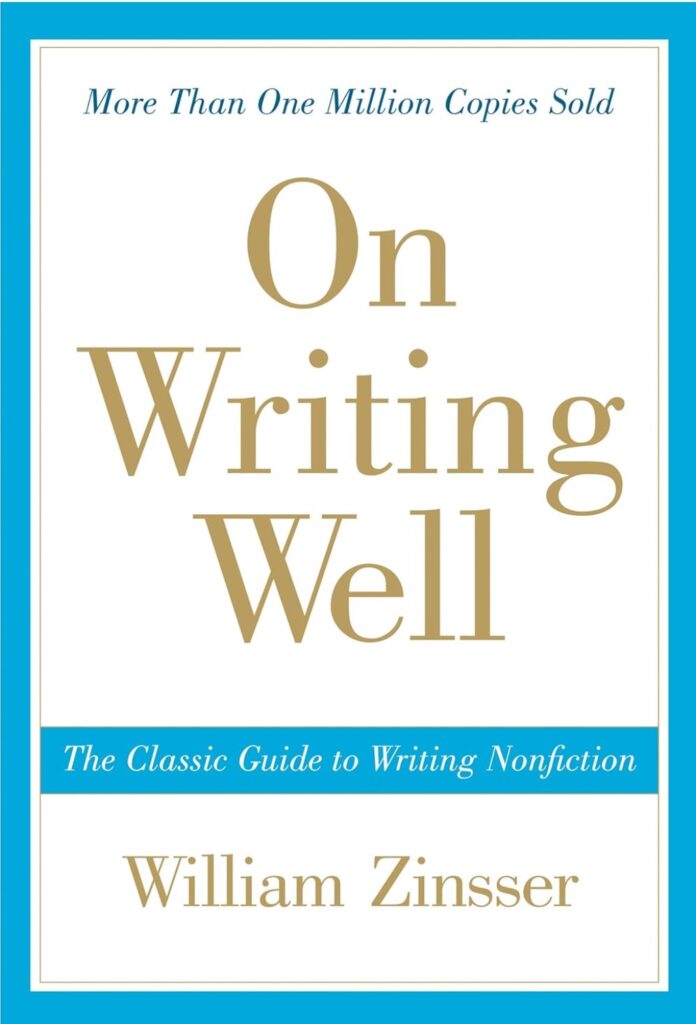As a romance author who writes insta-love stories featuring aliens, paranormal creatures, and unusual scenarios, I understand the importance of keeping readers engaged and coming back for more.
One of the most effective ways to do this is through a well-crafted newsletter. In my experience, a compelling newsletter can make a significant difference in maintaining a loyal readership.
I’ve found that there are several key strategies to crafting newsletters that not only capture readers’ attention but also keep them eagerly anticipating each new edition.
Table of Contents
ToggleThe Importance of a Compelling Newsletter
Building a Connection with Your Readers
In my experience, newsletters serve as a direct line of communication with your readers. They provide an opportunity to build a personal connection, which is crucial for retaining a loyal audience.
When readers feel connected to you as an author, they are more likely to stay engaged with your work.
Keeping Your Audience Informed
I’ve found that newsletters are an excellent way to keep your readers informed about your latest projects, upcoming releases, and any other relevant news.
This helps to maintain interest and excitement around your work, ensuring that your readers are always looking forward to what’s next.
Providing Added Value
In my experience, offering exclusive content or insights through your newsletter can add significant value for your readers.
Whether it’s sneak peeks of upcoming books, behind-the-scenes looks at your writing process, or exclusive short stories, providing added value keeps your readers engaged and appreciative of the extra effort you put into your newsletters.
Crafting Engaging Content
Understanding Your Audience
In my experience, the first step to crafting compelling newsletters is to understand your audience.
Knowing what your readers enjoy and what they expect from your newsletters can help you tailor your content to their preferences.
This understanding can be gained through surveys, feedback, and paying attention to which content resonates most with your readers.
Personalizing Your Messages
I’ve found that personalization can make a significant difference in how your newsletters are received.
Addressing your readers by their names and tailoring the content to their interests can make your newsletters feel more personal and engaging.
Personalization shows that you value your readers as individuals and not just as part of a mass audience.
Providing Exclusive Content
Offering exclusive content in your newsletters can keep your readers eagerly anticipating each new edition.
In my experience, exclusive content can include sneak peeks of upcoming books, behind-the-scenes looks at your writing process, or even exclusive short stories.
Providing content that readers can’t get anywhere else makes your newsletters more valuable and exciting.
Structuring Your Newsletter for Maximum Impact
Crafting Attention-Grabbing Subject Lines
In my experience, the subject line is one of the most critical components of your newsletter. It’s the first thing your readers see, and it determines whether they open your email or not.
Crafting attention-grabbing subject lines that spark curiosity or offer value can significantly increase your open rates.
Creating a Consistent Layout
I’ve found that maintaining a consistent layout in your newsletters can make them more visually appealing and easier to read.
Consistency in design helps create a sense of familiarity and reliability, making it more likely that your readers will engage with your content.
Including Clear Calls to Action
In my experience, including clear calls to action (CTAs) in your newsletters is essential.
Whether you want your readers to pre-order your new book, follow you on social media, or leave a review, clear and compelling CTAs can guide your readers on what to do next.
This not only increases engagement but also helps you achieve your goals.
Engaging with Your Readers
Encouraging Reader Interaction
I’ve found that encouraging reader interaction in your newsletters can significantly boost engagement. Asking for feedback, running polls, or encouraging readers to reply to your emails can create a sense of community and make your readers feel more involved in your journey as an author.
Responding to Reader Feedback
In my experience, responding to reader feedback is crucial for maintaining a loyal readership.
Acknowledging and addressing feedback shows your readers that you value their opinions and are willing to make improvements based on their input. This can help build trust and strengthen your relationship with your readers.
Highlighting Reader Contributions
I’ve found that highlighting reader contributions, such as fan art, reviews, or testimonials, can make your newsletters more engaging and rewarding for your readers.
Recognizing and showcasing their contributions can make your readers feel appreciated and more connected to your work.
Analyzing and Improving Your Newsletter Performance
Tracking Key Metrics
In my experience, tracking key metrics such as open rates, click-through rates, and conversion rates can provide valuable insights into how your newsletters are performing.
Analyzing these metrics can help you understand what works and what doesn’t, allowing you to make data-driven improvements to your newsletters.
A/B Testing
I’ve found that A/B testing different elements of your newsletters, such as subject lines, content, and CTAs, can help you determine what resonates most with your readers.
By testing and comparing different versions, you can identify the most effective strategies for engaging your audience.
Continuously Refining Your Strategy
In my experience, continuously refining your newsletter strategy based on performance data and reader feedback is essential for long-term success.
Staying flexible and open to change allows you to adapt to your readers’ evolving preferences and keep your newsletters fresh and engaging.
Final Thoughts
Crafting compelling newsletters that keep readers coming back is a vital aspect of maintaining a loyal readership.
The key is understanding your audience, personalizing your messages, providing exclusive content, and structuring your newsletters for maximum impact. Additionally, you need to be engaging with your readers, and continuously refining your strategy.
You can create newsletters that not only capture your readers’ attention but also keep them eagerly anticipating each new edition.
In my experience, a well-crafted newsletter can make a significant difference in building and sustaining a strong connection with your readers.













